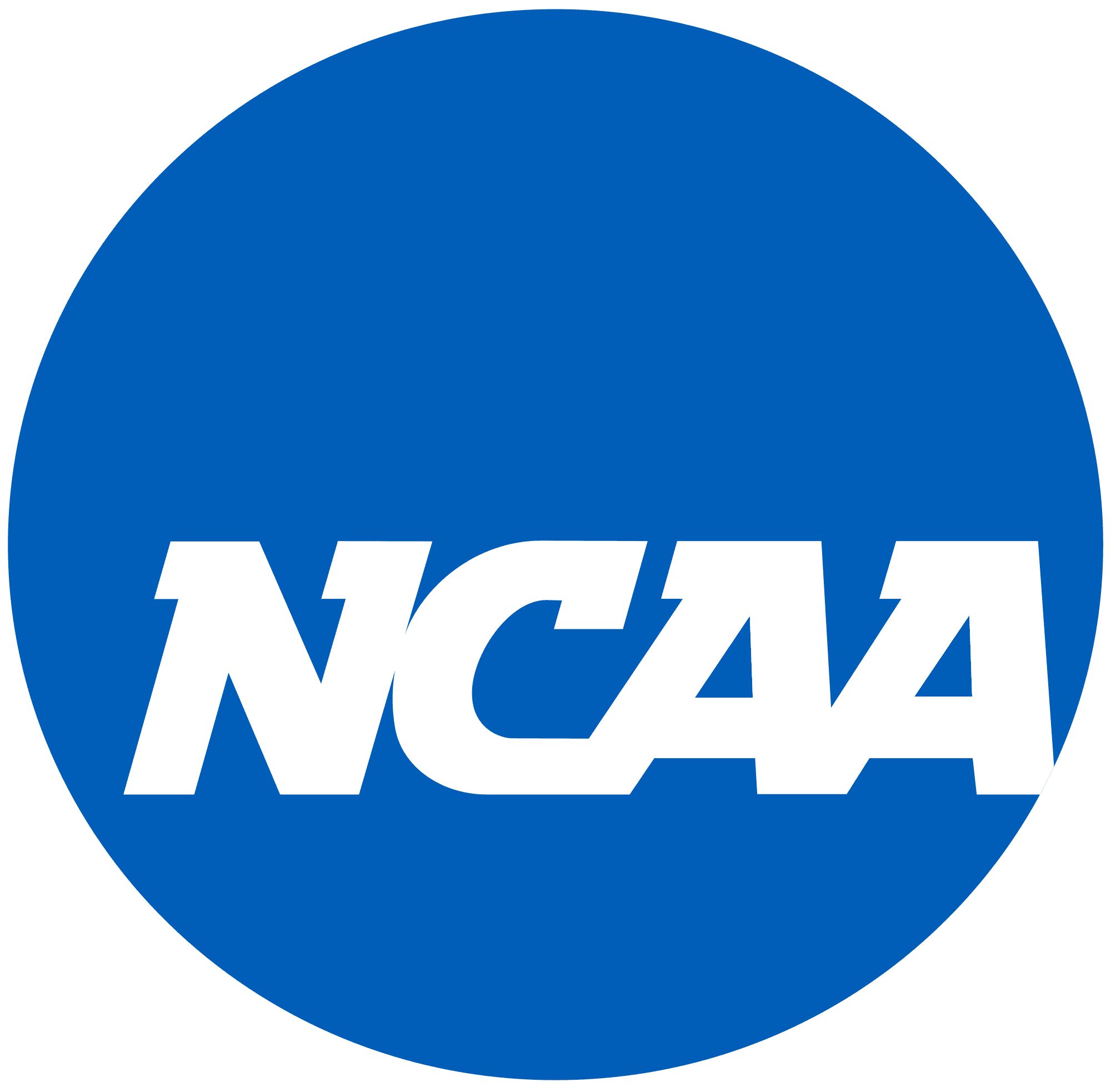What impact will new D1 NCAA rules have?
NCAA rule changes aim to slow down the recruiting of athletes as young as 7th grade
April 19, 2018
By Jason Lauren
ScoutU
Impactful NCAA Division I recruiting rule changes passed on Wednesday, aiming to limit younger athletes from feeling the pressure to commit to schools as early as seventh grade and college coaches from seeing it as necessary to make offers to athletes that young to keep up with their competition.
The new recruiting rules allow student-athletes a bigger window to make more informed decisions on what college they will attend. The changes were supported by the NCAA Division I Student-Athlete Advisory Committee. The new rules are expected to begin April 25, 2018 once the NCAA Director approves them.
“These changes will improve the recruiting experience for prospective student-athletes and coaches and lead to better decision-making,” said Blake James, Council chair and Miami (Florida) director of athletics on NCAA.org. “Ultimately, a better recruiting process will improve the college experience for Division I student-athletes.”
Changes were made that will affect all sports except football and men’s and women’s basketball and others that will influence only softball. These changes are for NCAA Division I only and do not change anything in NCAA Division II and III, NAIA and JUCOs.

The changes that will affect all sports other than football and basketball:
- Official visits can now begin Sept. 1 of a prospect’s junior year in high school instead of the first day of classes for senior year.
- Athletics departments can’t participate in a recruit’s unofficial visit until Sept. 1 of the athlete’s junior year. Previously, athletic departments could participate on unofficial visits, except during dead periods. Unofficial visits are defined as including conversations regarding recruiting. Campus tours during a camp or clinic are allowed, just as long as no recruiting conversations occur.
- Recruiting conversations during a college’s camp or clinic can’t happen before Sept. 1 of the junior year. Before colleges could discuss recruiting with an athlete when he or she was at a camp or clinic.
The changes that will impact only softball:
- The definition of a prospective student-athlete is defined as an individual who has started classes for the seventh grade, a change from ninth grade.
- Phone calls, initiated or received, between college coaches and recruits are not permitted until Sept. 1 of the prospective recruit’s junior year. Previously, recruits could call college coaches at any time, but college coaches could not call recruits until Sept. 1 of the junior year.
- Off-campus recruiting contact is not allowed until Sept. 1 of the junior year. Previously, it was July 1 after a recruit’s junior year.
- Third parties, including but not limited to travel ball and high school coaches, may not be used to circumvent the contact rules before Sept. 1 of the junior year. College coaches can speak to third parties to gain information on the recruit and can express a general interest in the recruit. However, college coaches cannot: 1) Say a player is on their recruiting list or a top prospect; 2) Provide their evaluation of the player; 3) Request the third party to tell the player to send transcripts or report cards to the college; 4) Request the third party to tell the prospect to attend a camp where the college staff will be present; 5) Ask if the player is interested in their school, including level of interest; 6) Engage in any discussion with the third party of potential athletic scholarship or financial aid offers; 7) Set up future phone calls or visits for the player; 8) Have an evaluation conversation with a third party with the athlete listening to the conversation.
The changes will not affect the status of verbal commitments as the NCAA does not recognize or legislate such agreements. However, the new rules do govern all communications between any prospective student-athlete (PSA) and any Division I coach, even if a verbal commitment has been made.
What impact do the new rules have on recruiting?
Early recruiting
The entire purpose of the new rules is to significantly slow down the recruiting of seventh graders through sophomores in high school. With recruiting communication essentially eliminated until Sept. 1 of the junior year, players verbally committing to colleges before their junior year will likely become extremely rare.
According to NCAA research, nearly 50 percent of Division I softball players received a scholarship offer during or before their sophomore year and softball has the most athletes who commit to a college as a freshman or younger.
“Unless you put a rule in place that prevents early contact, younger and younger players are going to feel the pressure to engage in the recruiting process and coaches are going to feel the pressure to keep recruiting players that young,” said University of Tennessee co-head coach and National Fastpitch Coaches Association president Karen Weekly shortly before the vote took place on ESPN.com.
Colleges still will be evaluating players before Sept. 1 of their junior year, but can see how they develop until their junior year before contacting them with any potential recruiting interest. Just like before, college coaches will be at showcase events scouting younger players and seeking information on those players. Players that develop later in high school also will benefit because recruiting classes were being filled so far in advance under the old rules.
“Recruiting kids when they are 13 and 14 years old to go to college and be athletes and students is absurd,” said University of Michigan coach Carol Hutchins on ESPN.com. “Kids don’t know how to handle the pressure of making that decision and they shouldn’t know. It has sped up their youth, because they are worrying about college when they should be worrying about what kids that age worry about.”
The rule changes may not have all positive effects, however. The smaller window of recruiting contact time could create a frenzy once Sept. 1 hits for recruits. Colleges likely will rigorously be pursuing those athletes immediately on Sept. 1 and may expect decisions on commitments from athletes in a much smaller timeframe, putting pressure on the athletes to make college decisions quickly. Also, for athletes that made verbal commitments early under the previous rules, it took a lot of the recruiting process pressure off them, knowing they likely had an opportunity to play at the college that made them an offer.
Unofficial visits
In the past athletes could do as many unofficial visits as they wanted and could spread them out over as much as 4 years. Now, unofficial visits will shrink to a maximum of 2 years and will likely mark the end of freshmen and sophomores taking unofficial visits.
Official visits
Official visits are now allowed about 1 year earlier, from the first day of a prospect’s senior year to Sept. 1 of the junior year. Official visits, where colleges pay for at least part of a campus visit, in the past either were non-existent because prospects oftentimes were already verbally committed to schools before they were allowed or they occurred on one large official visit weekend which featured several athletes. Now, athletes will have more time to do official visits, which, in turn, will likely increase expenses for schools that will be doing more official visits over many more occasions.
Third party camps/showcases
Division I schools still can attend camps and showcases where underclassmen are participating. They still can offer instruction and give recruiting presentations offering advice on recruiting. However, Division I coaches no longer will be able to have recruiting conversations or show interest of players at the camps/showcases until Sept. 1 of their junior year.
